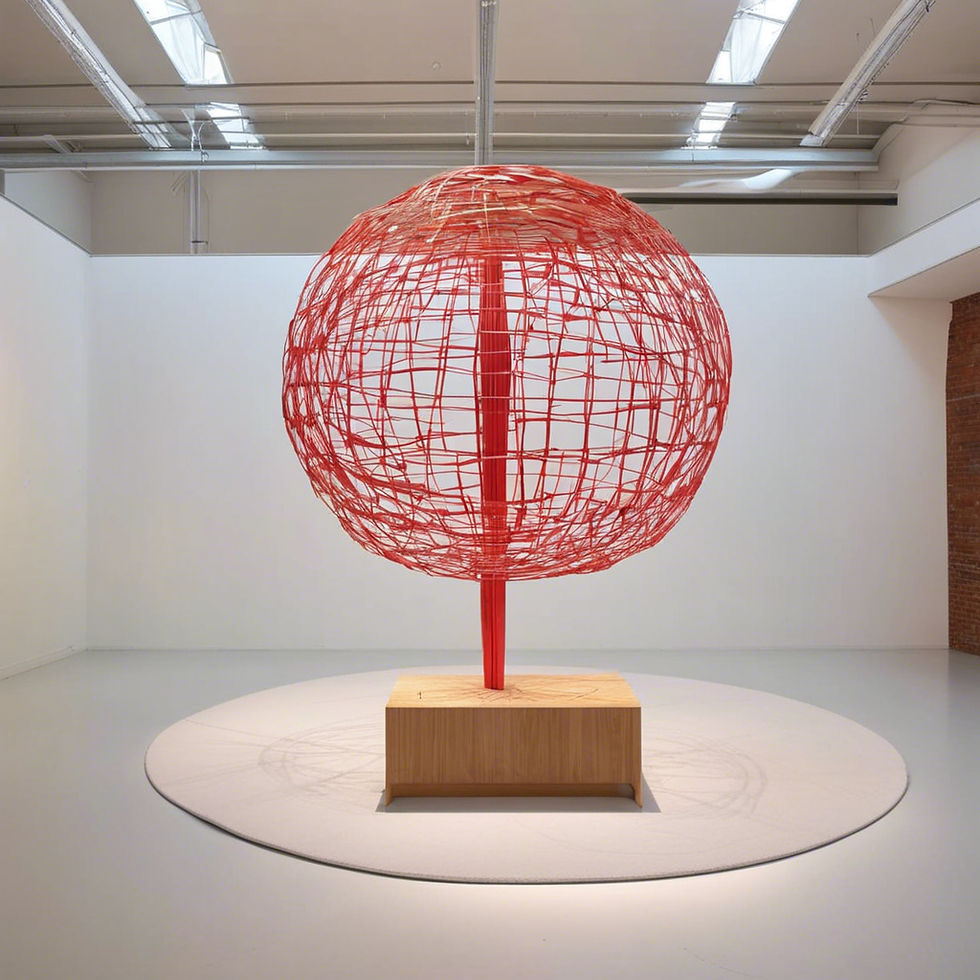In recent years, museums around the world have been redefining the way contemporary art is displayed. These changes are driven by a desire to make art more accessible, engaging, and relevant to diverse audiences. This transformation involves innovative exhibition designs, the integration of technology, and a focus on inclusivity and community engagement. This article explores how museums are embracing these changes to create dynamic, interactive, and inclusive spaces for contemporary art.
Museums Redefining the Display of Contemporary Art
Innovative Exhibition Designs
Breaking Traditional Boundaries
Contemporary art often challenges traditional norms and conventions, and museums are reflecting this in their exhibition designs. Instead of rigid, linear layouts, many museums are adopting flexible and open spaces that allow for a more organic flow of movement. This approach not only complements the often unconventional nature of contemporary art but also encourages visitors to explore and interact with the artworks in a more personal and intuitive way.
Immersive Experiences
Immersive installations have become a hallmark of contemporary art exhibitions. Museums are increasingly incorporating large-scale, site-specific works that envelop visitors in sensory experiences. These installations often combine visual, auditory, and tactile elements to create environments that are both captivating and thought-provoking. For example, the Tate Modern in London has showcased immersive works by artists like Olafur Eliasson and Yayoi Kusama, transforming gallery spaces into multi-sensory experiences that engage visitors on multiple levels.
Integration of Technology
Digital Art and New Media
The rise of digital art and new media has prompted museums to rethink their approach to displaying contemporary art. Museums are now incorporating screens, projections, virtual reality (VR), and augmented reality (AR) into their exhibitions. These technologies not only accommodate digital artworks but also enhance traditional art forms by adding interactive and multimedia elements.
Interactive Displays
Interactive displays and installations are becoming more common in contemporary art museums. Touchscreens, motion sensors, and other interactive technologies allow visitors to engage with artworks in new and dynamic ways. For example, the Museum of Modern Art (MoMA) in New York has used interactive displays to provide deeper insights into the creative processes of artists, allowing visitors to manipulate digital representations of artworks and explore different interpretations.
Inclusivity and Community Engagement
Diverse Representation
Museums are increasingly aware of the need to represent a diverse range of voices and perspectives in their collections and exhibitions. This includes showcasing works by artists from various cultural backgrounds, genders, and identities. By doing so, museums are challenging the historically Eurocentric and male-dominated narratives of art history and creating more inclusive spaces that resonate with a broader audience.
Community-Centered Programs
Engaging with local communities has become a key focus for contemporary art museums. Many institutions are developing programs that invite community participation and collaboration. These initiatives include artist residencies, community art projects, and educational workshops that involve local artists and residents. The aim is to create a sense of ownership and connection between the museum and the community it serves.
Accessible Design
Accessibility is another important consideration for contemporary art museums. This includes not only physical accessibility but also making exhibitions and programs accessible to people with different abilities and needs. Museums are employing strategies such as audio descriptions, tactile tours, and sign language interpretation to ensure that everyone can experience and enjoy contemporary art.
Case Studies
The Broad, Los Angeles
The Broad in Los Angeles is a prime example of a museum redefining the display of contemporary art. The museum's innovative architecture, designed by Diller Scofidio + Renfro, features a honeycomb-like "veil" that allows natural light to filter into the galleries. The Broad's exhibitions often incorporate immersive installations and interactive displays, creating a dynamic and engaging visitor experience.
The Whitney Museum of American Art, New York
The Whitney Museum of American Art in New York has also embraced new approaches to displaying contemporary art. Its exhibitions frequently feature multimedia installations and digital artworks, as well as works that address pressing social and political issues. The Whitney's commitment to diversity is evident in its programming, which includes exhibitions by artists from underrepresented communities and collaborations with local organizations.
The Museum of Contemporary Art, Tokyo (MOT)
The Museum of Contemporary Art in Tokyo (MOT) is another institution at the forefront of redefining contemporary art displays. MOT has been known for its avant-garde exhibitions that blend traditional and digital media. The museum's innovative use of technology and interactive installations creates a stimulating environment for visitors, encouraging them to engage with the art in meaningful ways.

Conclusion
Museums are undergoing a significant transformation in how they display contemporary art. By adopting innovative exhibition designs, integrating technology, and focusing on inclusivity and community engagement, museums are creating more dynamic, interactive, and accessible spaces. These changes not only enhance the visitor experience but also ensure that contemporary art remains relevant and resonant in an ever-evolving cultural landscape. As museums continue to embrace these new approaches, they play a crucial role in shaping the future of contemporary art and its place in society.
Comments